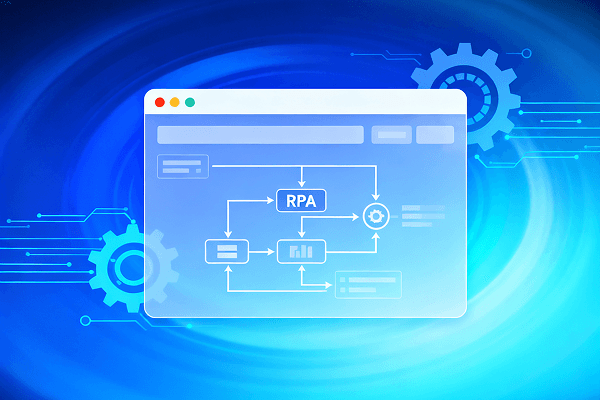
Hot Picks
How to run Facebook ads in 2025? Ideas

Hot Picks
How to promote on Amazon? Sharing various promotion methods

Hot Picks
Choose BitBrowser for fingerprint browsers, and look for the only official website: bitbrowser.cn
Using anti-detection browsers to conceal your MAC address.
Time: 2023-08-03 18:44 Click:
What is a MAC address?
A MAC address (Media Access Control Address), also known as a physical address, is the unique identifier of a network device (such as a computer, mobile phone, router, etc.) in network communication. It is represented by a 48-bit binary number and is typically displayed in hexadecimal format. MAC addresses are pre-assigned by the manufacturer of the network device and burned into the network device's network card during the production process. Each network device has a unique MAC address, which plays a role in identifying and addressing devices within a local area network. When data packets are transmitted from one device to another, the MAC address is used to determine the destination device of the data packet. This enables network devices to accurately locate the target device within the local area network and deliver the data packet to the correct device.
It is important to note that MAC addresses are only valid within a local area network and cannot be directly used for communication between different local area networks. In cases where multiple networks are involved, other network protocols (such as IP addresses) are used for communication.
How can a MAC address be leaked?
A MAC address is the unique identifier of a device used to identify and locate devices within a local area network. Under normal circumstances, a MAC address does not directly leak because it is typically only used within the local network. However, there are some situations that may lead to MAC address leakage:
Public Wi-Fi networks: When you connect to a public Wi-Fi network, network administrators or other users may be able to obtain your device's MAC address through network traffic analysis or specific network tools.
Device misconfigurations: If your device is misconfigured or has security vulnerabilities, attackers may be able to remotely obtain your MAC address.
Wireless signal tracking: Certain specialized devices can track a device's MAC address by receiving and analyzing wireless signals. This technology is typically used for location tracking or monitoring purposes.
Wireless router logs: Some wireless routers may log the MAC addresses of devices connected to the network, and if an attacker gains access to these logs, they can obtain MAC address information.

Network data breaches: If your personal information or your device's MAC address is stored in a compromised database, your MAC address may be leaked.
How to hide a MAC address?
Avoid connecting to untrusted public Wi-Fi networks.
Disable unnecessary wireless functions on your device, such as Bluetooth and Wi-Fi, when you don't need to use them.
Alternatively, use anti-detection browsers. Anti-detection browsers provide MAC address configuration options, which may randomly generate MAC addresses, ensuring that even if a website obtains your MAC address, it will be a false address, alleviating concerns about the leakage of your actual MAC address.
Anti-detection browsers allow you to have separate and isolated browser environments, where each browser profile is completely isolated from each other in terms of cookies, local storage, and other cache files.
They also have built-in browser fingerprint protection features. With a browser like BitBrowser Anti-detection Browser, browser fingerprints are handled in the most original way, allowing websites to read a "masked fingerprint" different from your real fingerprint, replacing the old methods of blocking websites from reading any fingerprints or relying on plugins to generate or modify fingerprints.

 Multi-Account Management
Multi-Account Management Prevent Account Association
Prevent Account Association Multi-Employee Management
Multi-Employee Management



